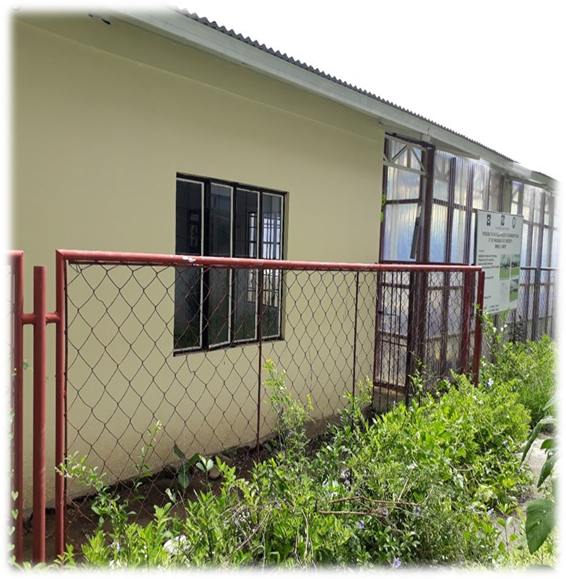Mangrove crab, locally known as alimango, is one of the well sought aquatic products in the local and international market due to the palatability of its roe and flesh. It is also a highly favored species for polyculture with milkfish and siganids and as main species in environment friendly aquasilviculture. According to NAMRIA (2003) the estimated hectarage devoted to mangrove crab polyculture in Pangasinan is around 5,928 hectares. The total crablet requirement of Pangasinensis estimated at 8.89M, based on the total hectarage devoted to the mangrove crab polyculture in the province. The construction of mangrove crab hatchery in the province will remedy this problem and help boost mangrove crab production in the area.
The Mangrove Crab Hatchery in Binmaley Campus became operational on CY 2020. Algae (Chlorella vulgaris and Nannochloropsis australis) were cultured in the laboratory and algal tanks to feed to the rotifers (Bracjionus plicatilis) which are in turn fed to the mangrove crab larvae. These natural foods are essential not only in mangrove crab hatchery but in any fish hatchery.
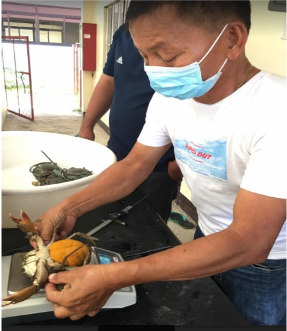
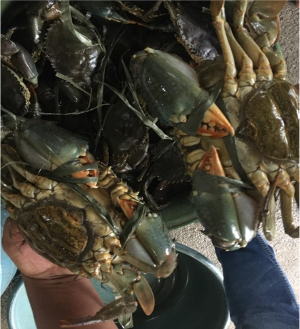
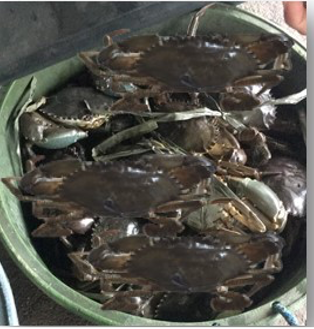
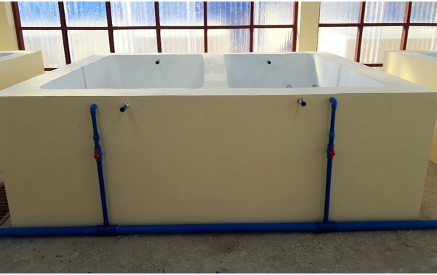
To date, researches are being conducted to improve operation and increase the survival of larvae and produce crablets to meet the demand of the province for pond, cages and aquasilviculture.
